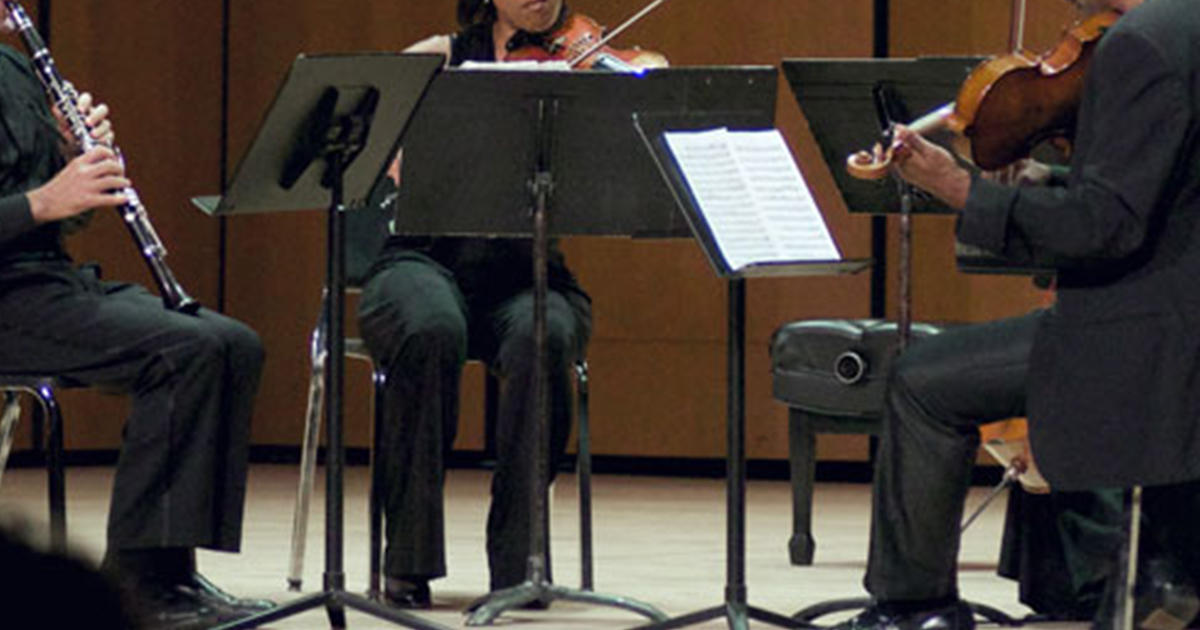
The friendship between Carl Maria von Weber (1786-1826) and Heinrich Baermann (1784-1847) was one of the most important and productive relationships in the history of the clarinet.
In the early nineteenth century, Baermann was famous in Europe as the leading clarinet virtuoso. He met Weber, a brilliant young composer, and counseled Weber on the musical and technical possibilities he could achieve on his advanced Griesling and Schlott 10-keyed clarinet.
Weber, known in music history as the father of Romantic opera, was a magnificent melodist and orchestrator, very adept at composing vocal music. The unique combination of Weber's melodic gifts combined with Baermann's spectacular virtuosity produced some of the greatest works ever written for the clarinet. After the resounding successes of the Concertino, Op. 26 and two concertos (Op. 73 and 74) in 1811, the Weber/Baermann collaboration was forever etched in music history.
In 1815, Weber composed his Grand Quintet, Op. 34 for Baermann and string quartet. The quintet is commonly referred to as the "Baermann Quintet". It is both possible and likely that Weber was familiar with the masterwork by Mozart written in 1789 for the same instrumental combination. Aside from the special gifts of each composer, what mainly differentiates the Mozart Quintet from the Weber Quintet is the musical style and intent. Mozart's four movement masterpiece is a true chamber music work, with the string quartet complementing the clarinet, often as equal voices, thus creating a musical mosaic of sumptuous blended textures. Weber's work on the other hand, is essentially a clarinet concerto with string quartet accompaniment. Also composed in four movements, the Grand Quintet is replete with virtuosic technical passages and coloratura vocal passages for the soloist. What a thrill it would have been to have heard Baermann perform this work!
The Grand Quintet is too often neglected, as string players generally prefer to perform the clarinet quintets of Mozart and Brahms, in which the string parts have a more collaborative and less accompanying role. The Grand Quintet is sometimes performed (and very effectively) as a true concerto, utilizing a full string section. The second and fourth movements are sometimes performed with piano accompaniment, under the title Fantasia and Rondo. There are also two excellent arrangements of the Fantasia and Rondo for soloist with clarinet choir accompaniment, one by Jack Snavely and the other by Guido Six.
Whatever the case may be, the Grand Quintet is a monument in the clarinet repertoire and worthy of listening and serious study. I encourage you to listen to this musical treasure, born from one of the greatest experiences of human existence - friendship.